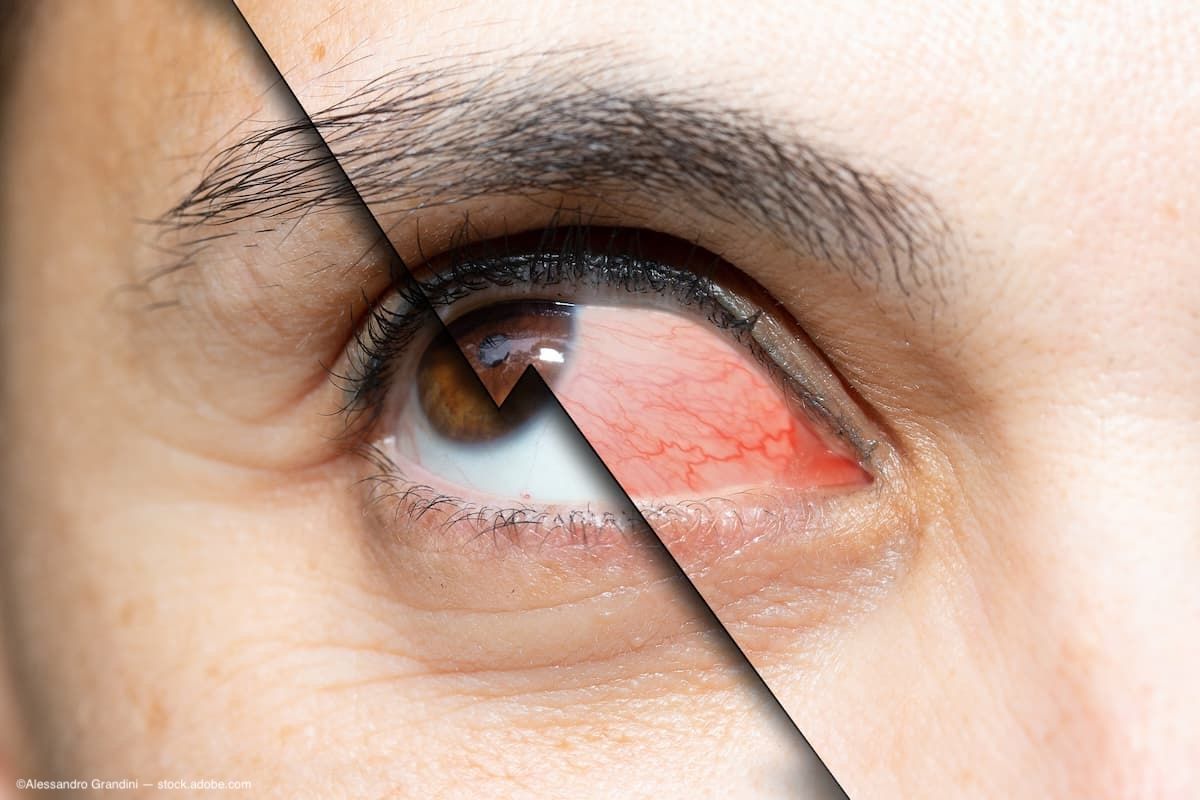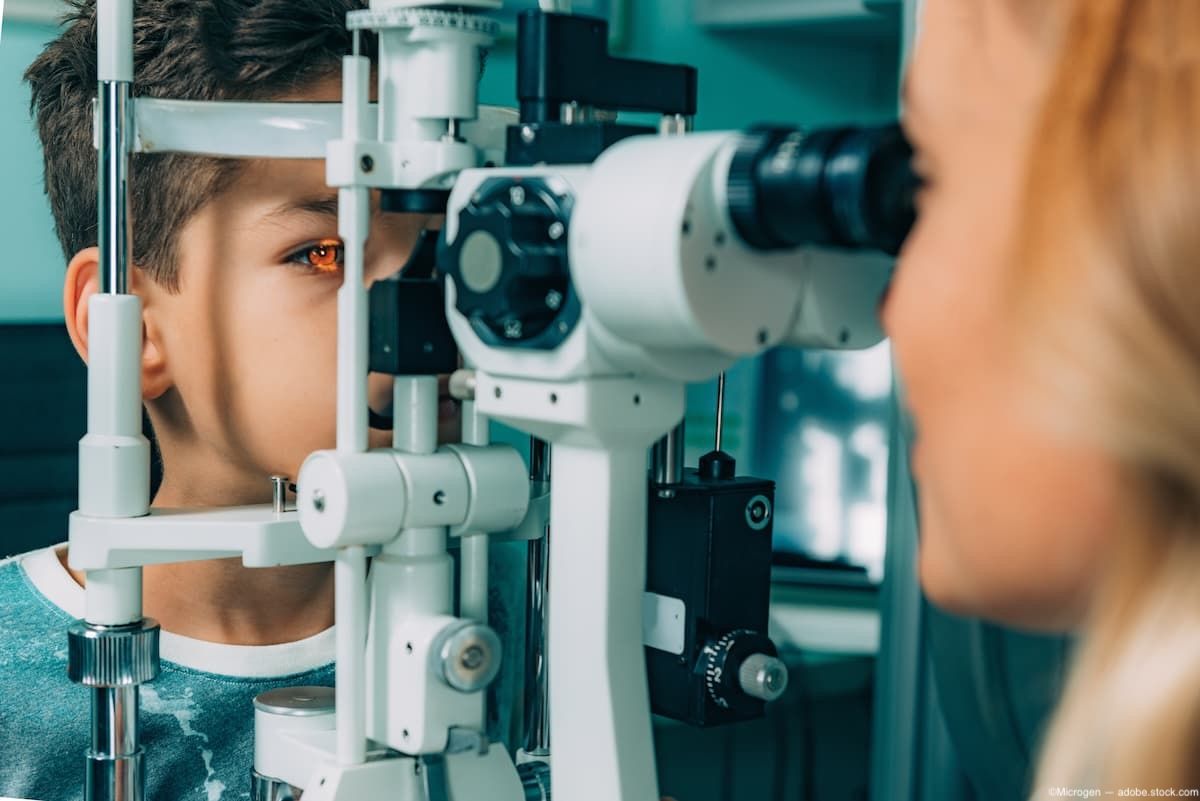Article
Implantable contact lens corrects pre-existing lenticular astigmatism
A non-toric implantable contact lens (ICL) can correct pre-existing lenticular astigmatism, said Charles H. Williamson, MD, of the Williamson Eye Center, Baton Rouge, LA. The lens does so by providing a more spherical refractive surface "probably by vaulting over the lens in some fashion, much like the contact lens does," he said.
A non-toric implantable contact lens (ICL) can correct pre-existing lenticular astigmatism, said Charles H. Williamson, MD, of the Williamson Eye Center, Baton Rouge, LA. The lens does so by providing a more spherical refractive surface "probably by vaulting over the lens in some fashion, much like the contact lens does," he said.
Dr. Williamson related the case of a 39-year-old patient who presented with 20/25 vision in both eyes and good anterior chamber depth. The patient had a non-toric ICL (Visian Implantable Collamer Lens, STAAR Surgical) inserted in each eye to correct high myopia and astigmatism. Dr. Williamson said he participated in the FDA study of the lens and thus has experience with it.
Preoperatively, almost all of the astigmatism in the patient's right eye was lenticular in nature, so Dr. Williamson placed the lens without using limbal relaxing incisions. Almost all of the astigmatism in the left eye was corneal in nature preoperatively, so he placed the lens and performed two limbal relaxing incisions.
Two weeks postoperatively, vision was 20/20 in one eye and 20/25 in the other eye.
"The corneal map showed that the . . . corneal astigmatism was essentially unchanged. The refractive astigmatism [was] essentially 0 [D]. [At] 2 months, [results were] essentially the same," he said.
Five months postoperatively, uncorrected visual acuity was 20/20 in each eye. Keratometry and topography revealed that the level of astigmatism in the right eye was unchanged. No corneal astigmatism was seen in the left eye.
Newsletter
Don’t miss out—get Ophthalmology Times updates on the latest clinical advancements and expert interviews, straight to your inbox.




